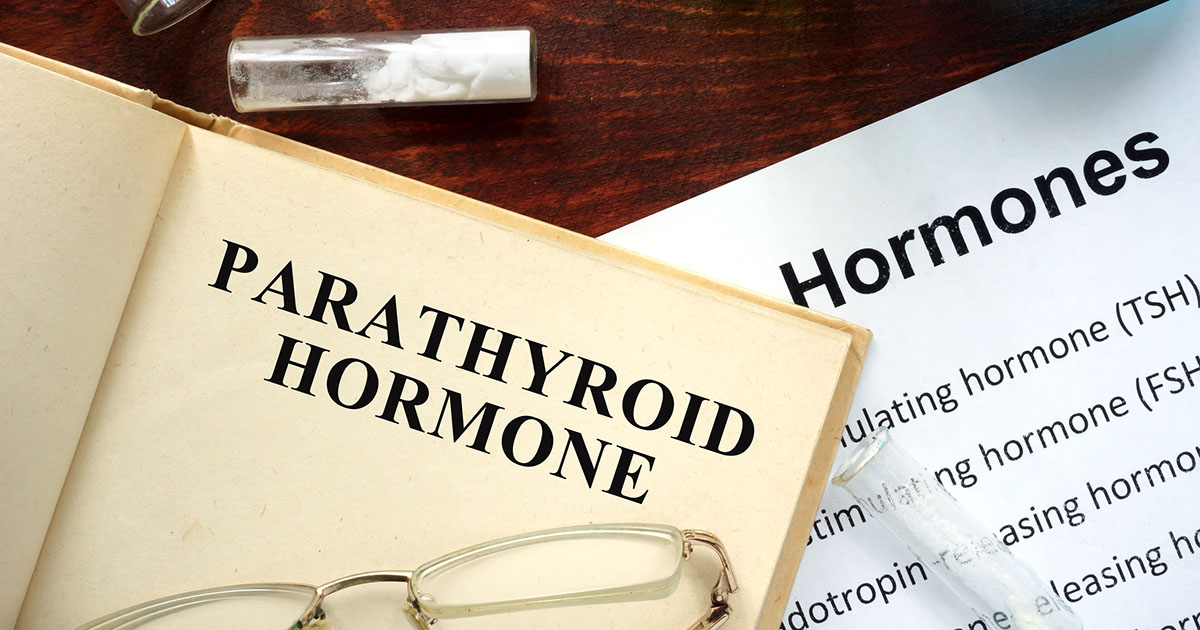Warning Signs Of Multiple Endocrine Neoplasia Type 1
Multiple endocrine neoplasia type 1 (MEN 1) is a disorder that causes the development of tumors in the stomach, endocrine glands, and parts of the small intestine. When tumors develop in the organs and glands of patients affected by MEN 1, they are usually benign or noncancerous. However, they produce an abnormally high quantity of hormones that can cause various other medical problems throughout the body. Multiple endocrine neoplasia type 1 is a hereditary disorder, meaning it can be passed from generation to generation. Treatment for MEN 1 typically involves medication to help manage hormones in the body. Surgery is also often utilized to remove problematic tumors. Often times, a MEN 1 patient will need to take some form of medication after a tumor has been removed to replace any missing gland functions.
There are several symptoms that commonly manifest in individuals affected by multiple endocrine neoplasia type 1. Uncover them now.
Cushing's Syndrome
Cushing's syndrome is a condition characterized by long-term elevated levels of the hormone called cortisol in the body. Cortisol is produced by the adrenal glands, which sit on top of the kidneys in the middle of the back. Cortisol assists the body in managing the conversion of protein, fat, and carbohydrates into cellular energy. This hormone also aids with the control of glucose in the blood, blood pressure, and numerous other cardiovascular functions. Individuals affected by multiple endocrine neoplasia type 1 may develop a benign or malignant tumor in the pituitary gland located in the middle of the brain. A tumor in the pituitary gland can cause the overproduction of various hormones. One of these hormones is called adrenocorticotropic hormone (ACTH), which is responsible for regulating the production of hormones by the pituitary glands. One of the hormones ACTH stimulates the production of is cortisol. Therefore, the overproduction of ACTH by the pituitary gland causes an increased production of cortisol that results in Cushing's syndrome in MEN 1 patients.
Learn more about the warning signs of multiple endocrine neoplasia type 1 now.
Hyperparathyroidism

Hyperparathyroidism is a condition in which the parathyroid glands secrete too much parathyroid hormone (PTH). The parathyroid glands are small glands located on the outside borders of the thyroid gland in the front of the neck. The PTH secreted by the parathyroid glands is responsible for managing levels of phosphorous and calcium in an individual's blood, urine, and bones. Many different factors can cause the parathyroid glands to become overactive and produce too much PTH. Abnormally high levels of parathyroid hormone can cause a patient to have high calcium levels in their blood. Over time, too much calcium in the blood can result in the development of kidney damage or kidney stones. Multiple endocrine neoplasia type 1 patients usually develop tumors in their parathyroid glands and present with hyperparathyroidism before any other symptoms manifest. These tumors cause all four of the patient's parathyroid glands to become overactive. The overactive nature of the glands causes too much PTH to build up in the blood. Usually, the only way to treat hyperparathyroidism in individuals with MEN 1 is to remove all of the parathyroid glands.
Get more details on multiple endocrine neoplasia type 1 symptoms now.
